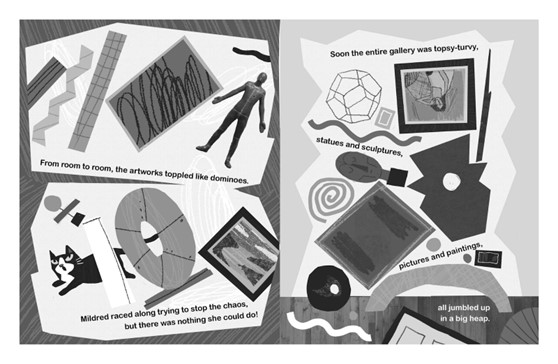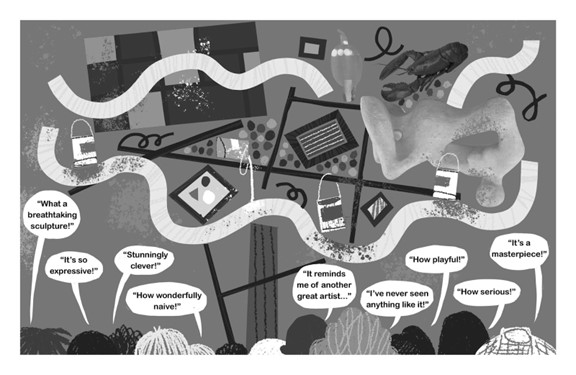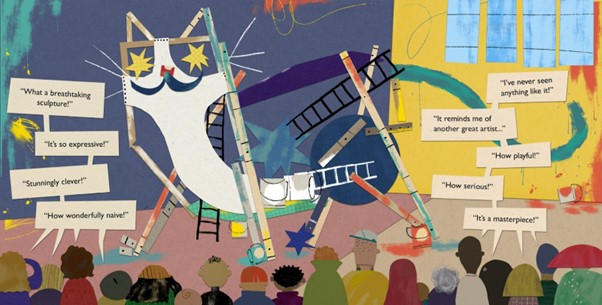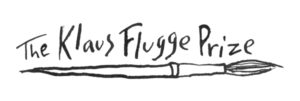
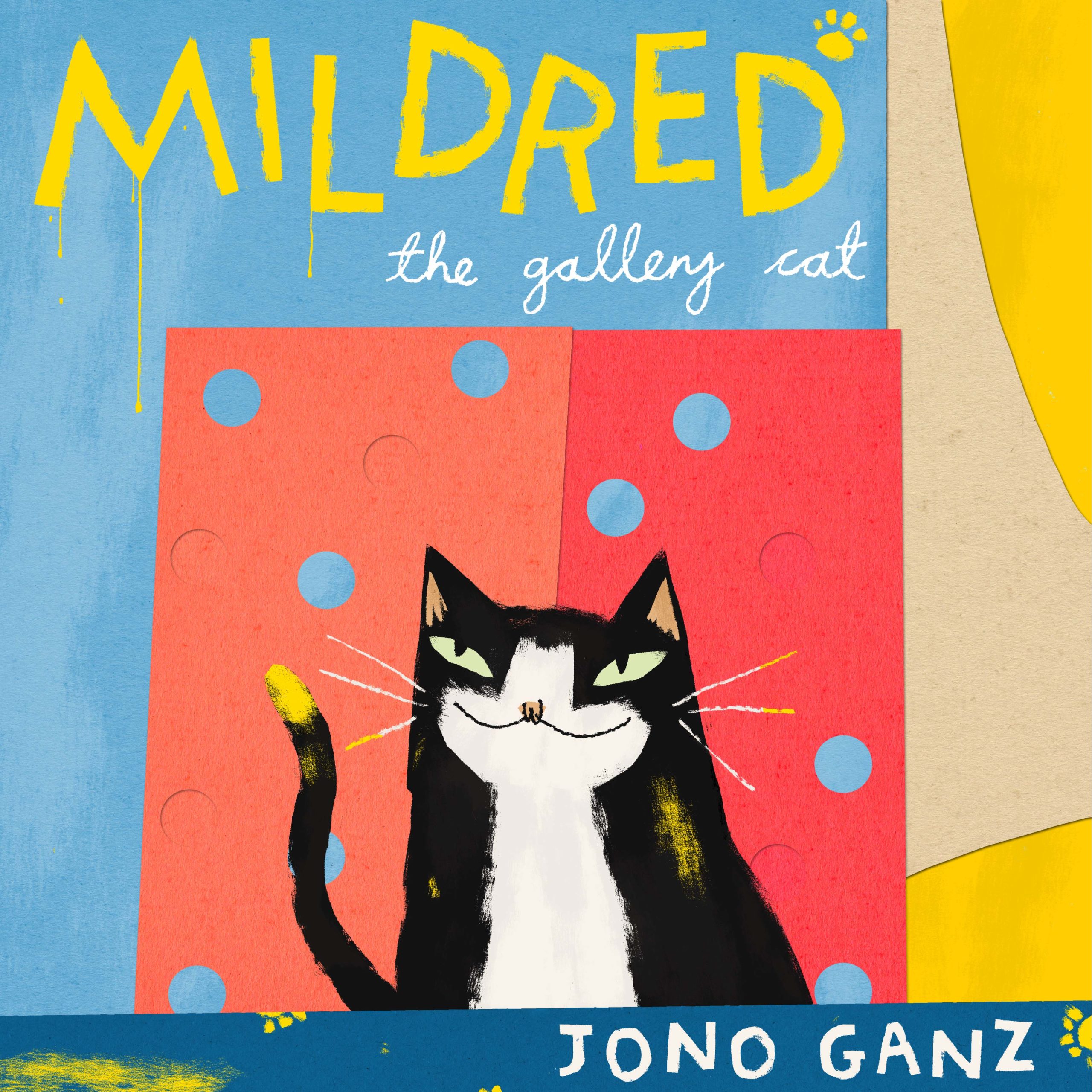
Mildred the Gallery Cat, by Jono Ganz
Mildred the Gallery Cat by Jono Ganz is one of the five books on the shortlist for the 2023 Klaus Flugge Prize.
Inspired by the real gallery cat of Tate Modern, Jono Ganz’s story describes what Mildred gets up to when all the visitors have gone home. As she explores the different rooms, she wonders if she too could be an artist, and what it takes. The judges love the exuberance of the story and its joyous, playful communicativeness.
Former Klaus Flugge Prize judge, Senior Lecturer in Education: Primary English and Children's Literature, Mat Tobin interviewed Jono about his book.
Mildred the Gallery Cat was inspired by your time working at the Tate Modern in which an actual cat did freely roam the gallery. Can you expand on this a little more and share how the project came about as well as a little on the gallery cat too?
I think that, amongst the staff at the Tate Modern, Mildred was a little bit of an icon. You would come into work in the morning via the staff entrance, and find her perching on someone’s moped in the car park, or sitting grumpily outside the curatorial offices - she was such a welcome sight.
When the gallery closed due to the COVID-19 lockdowns, I started thinking about those vast, empty galleries, full of priceless works of art, and wondered what it might be like to wander around them. Naturally, I thought of Mildred, and I couldn’t resist reimagining some of those masterpieces through the eyes of a cat. I drew a few of these - Dalí’s lobster phone reworked as a delicious fish dinner, a giant cutout cat face by Henri Matisse - and it felt more like making a series of visual puns, rather than writing a book. But once I had a few, the story actually developed quite easily from there, which is ironic, maybe, considering Mildred struggles so much with creative block.
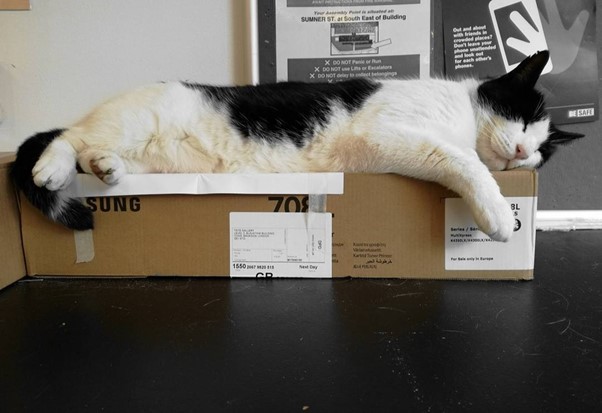
Can you share your journey into picturebook illustration and how previous work on album covers and videos has influenced your style and form? In what ways did working in these fields affect your approach to working with the picturebook format?
Working with animation has had a real impact on my style, particularly when it comes to storytelling. When making a music video, I like to ensure the flow of the animation syncs up with the song, and I’ve always enjoyed visually interpreting the tone, rhythm and energy of a piece of music. For me, making my first picture book was a surprisingly similar process, the only real differences being the format and the fact that the reader is the one who moves the story along.
One thing about the format that I really enjoyed playing with was the process of turning a page. There are a few moments of suspense in Mildred - my favourite is during the chase sequence, when you can tell she is about to barrel into the paint cans. The next spread is a huge chaotic ‘SPLAT!’, which isn’t really a big reveal (of course she’s going to make a mess!), but there’s still that sense of anticipation that works in a similar way to a musical crescendo.
Was it a challenge in getting that balance right between Mildred entertaining the reader and chasing the mouse whilst also showcasing the art on display at the Tate Modern? Were there certain pieces that you knew you wanted in and how much did the art shape your work?
There were definitely a few works that I knew I had to include, and others came about later, whilst looking for the perfect piece to fill a space. There’s a sequence of spreads that didn’t change too much at all - the Matisse cutout, a Yayoi Kusama box that made Mildred feel introspective, and the Dalí phone - and these felt sort of non-negotiable to me. But then other works just sort of fell into place: when we first see Mildred, she poses in front of a series of squares that nods to Josef Albers’ Homage to the Square. The original painting has this compositional quality that brings your focus down into the centre, and I felt it was the perfect backdrop for our first proper look at Mildred.
Later on, there’s a scene where Mildred and a mouse scamper through the gallery. The chase is the main focus of the spread, with the artwork serving as a backdrop, but this meant that I could use the art to further illustrate the action. A Roy Lichtenstein painting seems to narrate Mildred’s pounce with a ‘WOOSH!’, and statues watch the characters caper about. I absolutely loved adding in these details, and my favourite is the Alexander Calder mobile that briefly distracts the mouse with its shapes that look suspiciously like a cheese selection.
My editor, Cherise Lopes-Baker, also helped me gather a really diverse selection of art and artists, and while there are a few of the big names, Mildred's gallery also features work inspired by less well-represented artists like Elizabeth Catlett and Kenoujak Ashevak. Mildred is a bit of an outsider herself, and comes to rail against the elitism of the art world (who says she can’t make an important masterpiece?), and I was keen to use this platform to champion a wide range of creative voices. As it happens, Cherise is doing a wonderful job of this on Tate Publishing’s children’s list, with some really gorgeous picture books from a wealth of diverse voices.
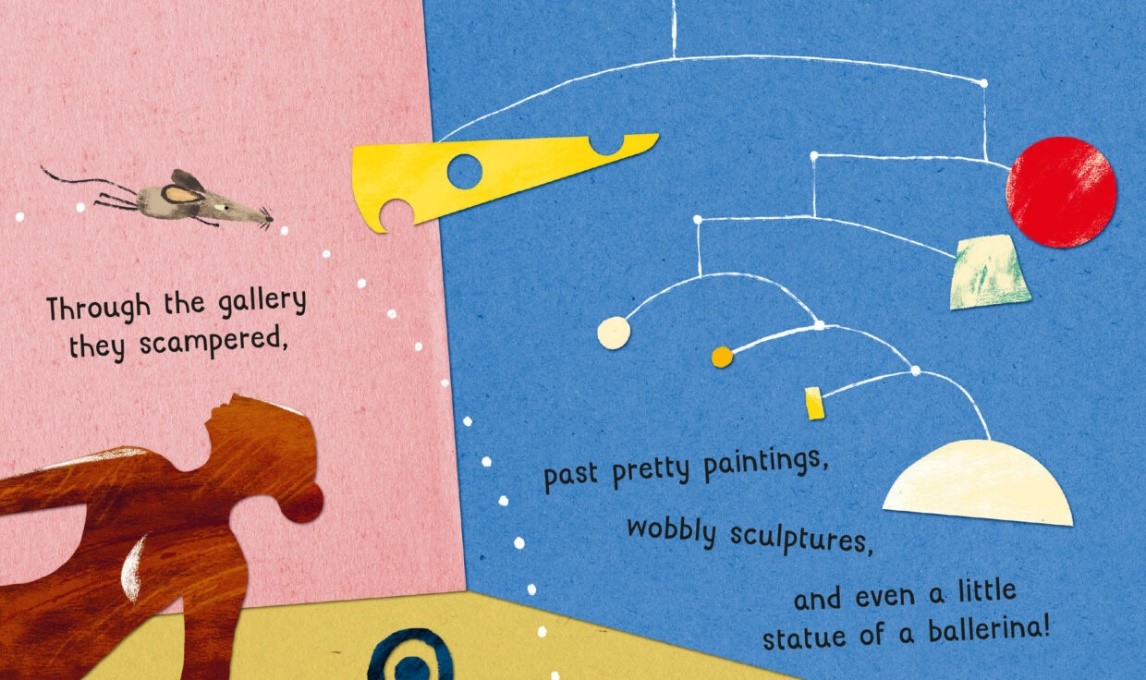
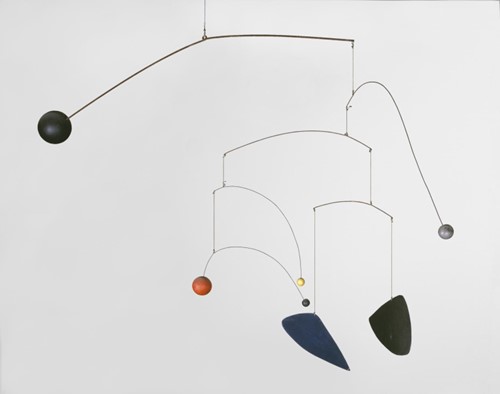
I really enjoyed all the references to art in the picture book. Whilst it might not be the case that all readers will be able to make those links, what is it you hope they will get from seeing the art you present within Mildred’s story and how does Mildred’s own character echo these desires?
We see the works in the gallery through Mildred’s eyes - almost as if she’s taking us on a personal tour. Because she is a cat, she gets distracted by details like the fish in a painting or a statue that looks like her tail. Of course, if a reader were to visit a modern art gallery today they probably wouldn’t find it to be so cat-focussed. They might, however, find a painting that makes them feel happy, or a sculpture that reminds them of their friend. Engaging with art can be a deeply personal experience, and this is why so many of us find it so fulfilling.
Working in the gallery, I saw first hand how kids react to art - particularly modern art, which can often be especially challenging or provocative. I think sometimes an adult might dismissively look at a painting by an abstract expressionist artist like Jackson Pollock and think, ‘I could do that’. But then a child might look at the same painting - a big, messy, fun series of paint splodges - and think ‘I could do that!!’. I think it’s so important to encourage creativity - not just in schools and early development, but for all of us, and if I can encourage a reader to pick up a paintbrush then I’ll have done my job.
Can we talk a little about your use of mixed media throughout the book. I thought the effect was fascinating - to the point where it felt like Mildred’s world was popping off the pages. What was the effect that you were aiming for?
I really love illustration that plays with different textures and mark-making, but all of my work is actually made digitally. I’ve got a big collection of scanned textures - paper, card, textiles, and cut and paste and scribble all over them in Photoshop.
When I first got into illustration, it was through printmaking. I made lino and woodcuts, and really loved how the carving and printing process could sometimes lead to unpredictable results, as well as those beautiful inky textures. Unfortunately, I hate cleaning up, and eventually made the switch away from the messy, inky process of printmaking to a much more manageable digital medium - now all my chaos is safely contained in my laptop.
Working with relief prints meant that my approach to ‘drawing’ was actually a method of subtraction: when you carve a block of lino, you work on the bits that you don’t want to see, cutting away all the excess material. I still work this way: whenever I go to make an illustration, I start with a full canvas, either a paper texture or a digital painting. I then start chipping away at it, cutting off corners here and there. I try to keep my lines loose and not think about it too much - sometimes my hand slips and it ends up giving the shape just the right level of character.
It's always fascinating to hear about the process from initial sketches and ideas to the finished product. Could you talk us through a spread from the book that you're particularly proud of? How did it evolve from the initial idea to the final piece?
My original dummy was quite a bit more destructive – Mildred ends up wrecking all of these famous artworks, and her final masterpiece is made up of ruined works by Piet Mondrian and Barbara Hepworth. However, we made the decision that Mildred probably shouldn’t destroy too much of the Tate’s collection, and swapped out most of the priceless artwork debris for paint pots, scaffolding and building materials.
I struggled quite a bit with the final reveal: our first look at Mildred’s accidental masterpiece! I tried a few things, but everything ended up looking like a messy pile rather than a breathtaking work of art. It took the feedback of a friend’s five year old daughter to get it right - her only comment was that it was a shame that Mildred didn’t get the recognition for her work. Taking that on board, I turned the final spread into a giant, chaotic self portrait.
Although your background is broad and ranged across a spectrum of design areas, are there any current children’s illustrators whose work you love to explore and enjoy?
Too many to count! The artists whose work made me want to become an illustrator are Carson Ellis and Jon Klassen. I fell in love with Carson Ellis’ work via her album art for artists like The Decemberists and Laura Veirs, and I know that Jon Klassen worked in animation before absolutely changing the game with I Want My Hat Back. The author/illustrator Drew Beckmeyer has been a big influence too - he’s shared a lot of picture book-shaped stories on his Instagram account, only for a limited time, and catching them before they go has felt very special.
I absolutely adored Flavia Z. Drago’s Gustavo, the Shy Ghost, and it’s been amazing being featured on the same shortlist! I’m very excited to read the next in the series (Vlad, the Fabulous Vampire - amazing).
When I’m not making my own wonky pictures, I’m a marketing designer at Nosy Crow, where I get to play with the work of countless incredible illustrators. It feels like such a treat to get to see art by Kate Hindley, Matt Hunt and Ged Adamson before everyone else!
Lastly, could you share some information about your current and future projects? What can we look forward to reading from you in the future?
I’m currently finishing up working on my second picture book for Tate Publishing. No gallery cats this time, but it’s a funny story with a message that is quite close to my heart. Also, there are aliens in it. And sausages. Other than that, something tells me this isn’t the last we’ve seen of Mildred - but I think that’s all I’m allowed to say right now!
Mildred the Gallery Cat is published by Tate Publishing, 978-1849768719, £7.99 pbk.
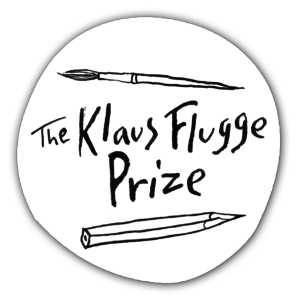
The Klaus Flugge Prize is funded personally by Klaus Flugge and run independently of Andersen Press.
Website maintenance & Copyright © 2024 Andersen Press. All Rights Reserved. Privacy & Cookie Policy.
